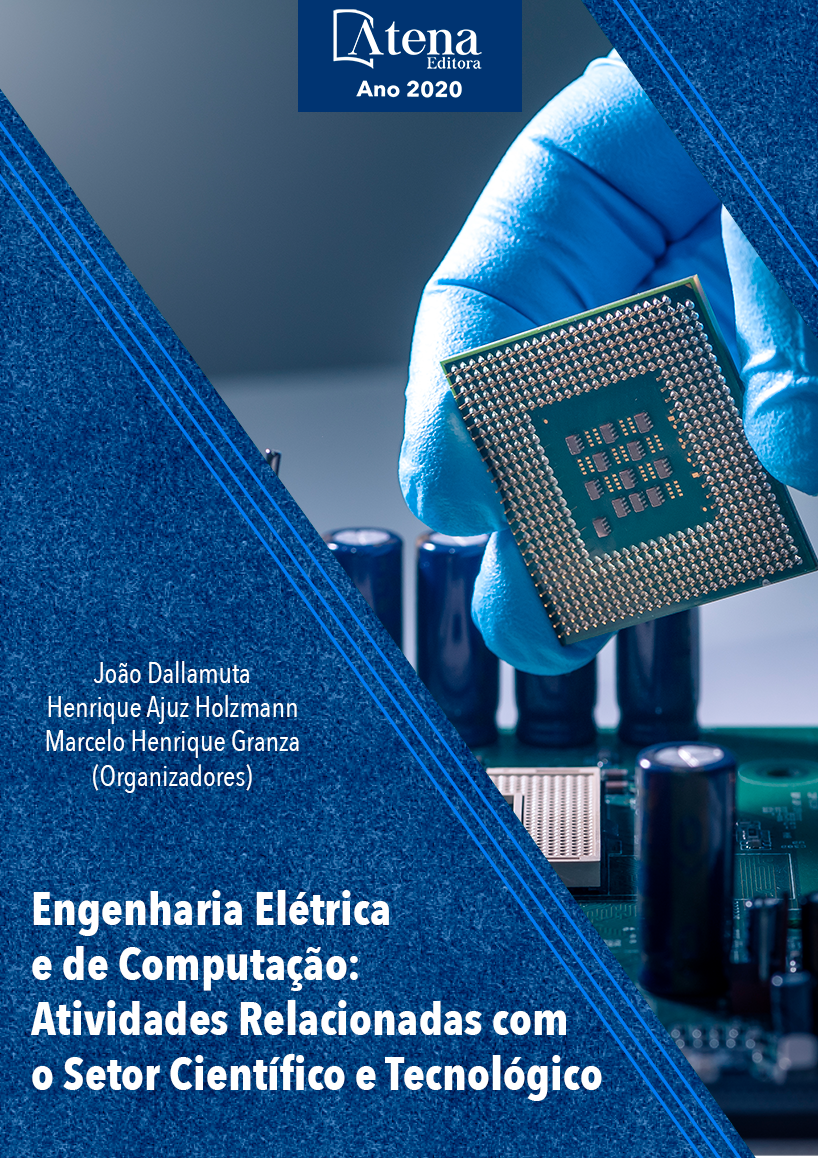
DESENVOLVIMENTO DE UMA INTERFACE PARA ESTUDO EM CONTROLE DE UM ROBÔ MÓVEL DE EQUILÍBRIO DINÂMICO
O software simulink é um ambiente de diagrama e blocos que além de permitir simular modelos possui um recurso capaz de gerar e implementar algoritmo em hardware, como sistemas microcontrolados. Neste trabalho, foi utilizado um robô de equilíbrio dinâmico constituído por sensores e atuadores que se comunicam por meio de um microcontrolador. Neste contexto, deseja-se desenvolver uma interface por meio do simulink para se comunicar com este robô. O desenvolvimento da interface consistiu em utilizar blocos para comunicação com Arduino para criar rotinas de leitura e acionamento. O modelo dinâmico foi obtido descrevendo o sistema como a diferença entre suas energias cinéticas e potenciais (método de Lagrange) e foi representado na forma de espaço de estados. A caracterização permitiu modelar o sistema de maneira completa. Definiu-se então um controlador (LQR) para testar no modelo e foi aplicado um filtro recursivo (Filtro de Kalman) para reduzir ruídos na medida de inclinação obtida pelos sensores inerciais. O modelo caracterizado permitiu obter o mapa de polos e zeros e a resposta natural do sistema, confirmando sua instabilidade. Utilizando o matlab, obteve-se os ganhos para o controlador e simulou-se o sistema, obtendo sua resposta sob perturbação. Concluindo, a interface desenvolvida foi capaz de implementar as rotinas de maneira efetiva. O modelo obtido permitiu definir os ganhos pelo LQR, estabilizando o sistema sob perturbação, viabilizando a utilização dos valores para executar testes de controle utilizando a interface desenvolvida, além disso, a implementação do filtro reduziu parte do ruído presente na medida.
DESENVOLVIMENTO DE UMA INTERFACE PARA ESTUDO EM CONTROLE DE UM ROBÔ MÓVEL DE EQUILÍBRIO DINÂMICO
-
DOI: 10.22533/at.ed.6712002071
-
Palavras-chave: Equilíbrio dinâmico; simulink; LQR; Filtro de Kalman
-
Keywords: Dynamic balance; simulink; LQR; Kalman filter
-
Abstract:
The simulink software is a diagram and block environment that, besides allowing simulating models, has a resource capable of generating and implementing algorithms in hardware, such as microcontrolled systems. In this work, a dynamic balance robot consisting of sensors and actuators that communicate through a microcontroller was used. In this context, we want to develop an interface using simulink to communicate with this robot. The development of the interface consisted of using blocks to communicate with Arduino to create reading and triggering routines. The dynamic model was obtained by describing the system as the difference between its kinetic and potential energies (Lagrange method) and was represented in the form of state space. The characterization allowed to model the system in a complete way. A controller (LQR) was then defined to test on the model and a recursive filter (Kalman filter) was applied to reduce noise in the slope measurement obtained by the inertial sensors. The characterized model allowed to obtain the map of poles and zeros and the natural response of the system, confirming its instability. Using matlab, gains were obtained for the controller and the system was simulated, obtaining its response under perturbation. In conclusion, the developed interface was able to implement the routines effectively. The model obtained allowed to define the gains by the LQR, stabilizing the system under disturbance, enabling the use of the values to perform control tests using the developed interface, in addition, the implementation of the filter reduced part of the noise present in the measure.
-
Número de páginas: 16
- Guylherme Emmanuel Tagliaferro de Queiroz
- Luis Antonio Bassora
- Flavio Eduardo Tapparo
- Alex Sandro Garefa


